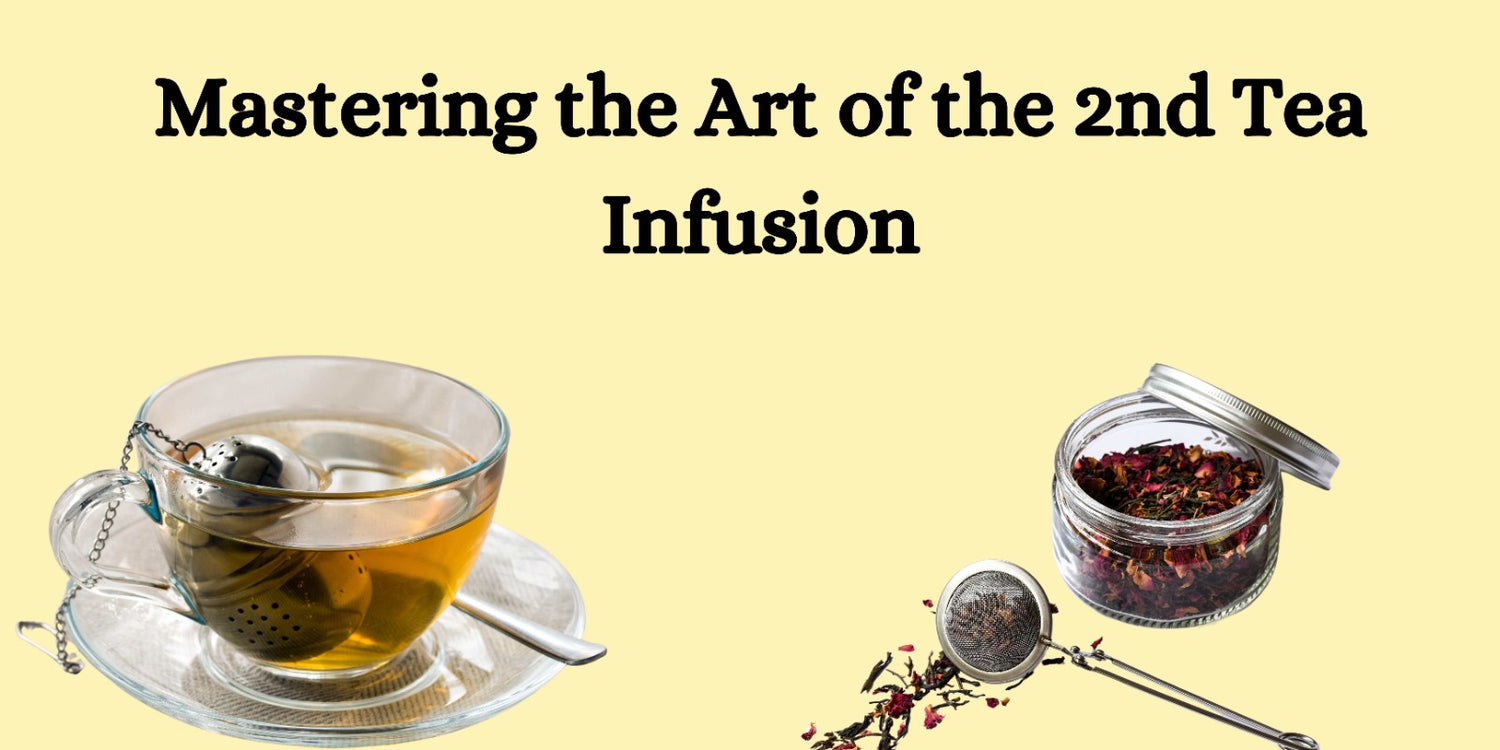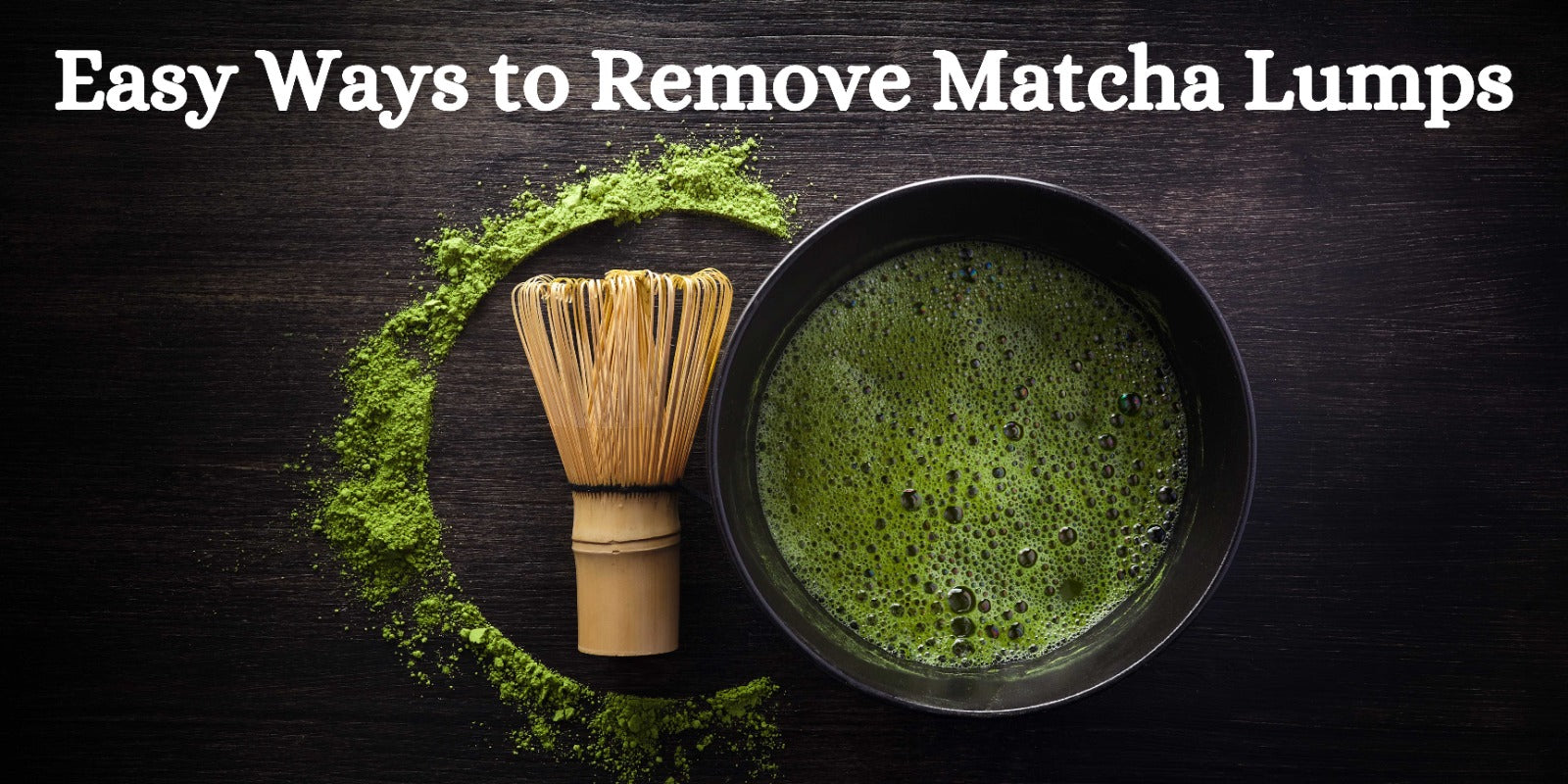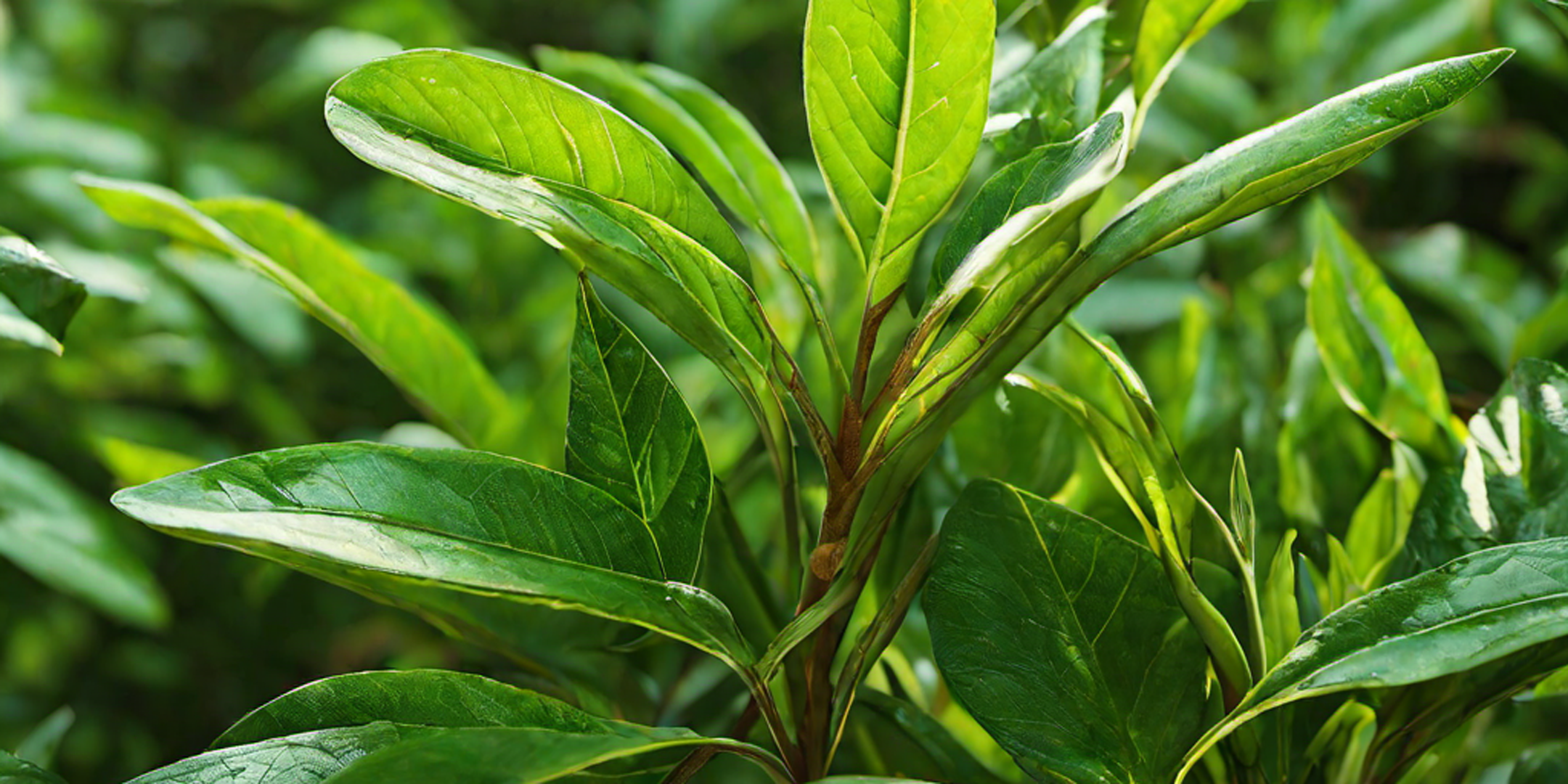Tea enthusiasts often debate the merits of re-steeping tea leaves, a practice that can reveal new depths of flavor and extend the enjoyment of high-quality teas. The second infusion of tea, or "re-steeping," is a process where the same tea leaves are used to brew additional cups of tea. This practice is not only economical but also enhances the tea-drinking experience by allowing the drinker to explore the evolving flavor profile of the tea. In this blog post, we will explore everything you need to know about the second infusion, including its benefits, the best types of tea for multiple infusions, and secrets to brewing the most flavorful cup from your tea leaves.
Why Re-Steeping Tea is Worth It
Economical and Sustainable
Re-steeping tea leaves is a cost-effective way to get more out of your tea. High-quality loose-leaf teas can be expensive, and reusing the leaves for multiple infusions helps to maximize their value. Additionally, this practice is more sustainable, reducing waste and making the most of the resources used to produce the tea.
Enhanced Flavor Profile
Many teas, particularly high-quality ones, reveal different flavors with each infusion. The initial steeping often extracts the most robust flavors, while subsequent infusions can bring out more subtle and nuanced notes. This allows you to experience the full range of the tea's characteristics.
Health Benefits
Re-steeping tea leaves can still provide health benefits. While the concentration of certain compounds like caffeine may decrease with each infusion, beneficial antioxidants and polyphenols can still be extracted. This means you can continue to enjoy the health benefits of tea through multiple infusions.
Best Types of Tea for Multiple Infusions
Not all varieties hold their flavor for multiple infusions. Some types of tea are better suited for multiple infusions due to their processing and the structure of the leaves.
Oolong Teas
Oolong teas are particularly well-suited for multiple infusions. These teas are often tightly rolled, allowing them to slowly unfurl and release their flavors over several steepings. Oolong teas can be infused many times, with each infusion offering a different flavor profile. Phoenix and Wuyi oolongs, for example, are known to hold up exceptionally well to multiple infusions.
Pu-erh Teas
Pu-erh teas, which are aged and fermented, are also excellent candidates for re-steeping. These teas develop complex, rich flavors that can be enjoyed over several infusions. Aged pu-erh teas, in particular, can be steeped multiple times without losing their depth of flavor.
Green Teas
Japanese green teas, such as Sencha and Genmaicha, can be re-steeped two to three times before losing their characteristic flavors. While the flavor of green tea may diminish more quickly than oolong or pu-erh, the second infusion can still provide a delightful, albeit lighter, cup.
Black Teas
Certain black teas, especially robust varieties like Assam and Irish Breakfast, can be re-steeped once or twice. The second infusion of black tea often results in a lighter, mellower cup that still retains much of the tea's heartiness.
Tips for Getting the Most Out of Your Second Infusion
Adjust Steep Times
When re-steeping tea, it's essential to adjust the steeping time for each subsequent infusion. To maintain flavor with each re-steep, increase steeping time by 1-2 minutes per infusion. This short steeping time ensures you get the most flavor without making the tea bitter.
Maintain Water Temperature
Consistent water temperature across all infusions helps extract the optimal flavor and prevent bitterness. For example, To extract the best flavors, use boiling water for black tea and water just off the boil for green tea.
Use High-Quality Tea
Re-steeping is most effective with high-quality loose-leaf teas. Bagged teas, especially those made from dust and fannings, typically do not hold up well to multiple infusions and often result in a weak or flavorless second cup.
Experiment with Different Teas
Every tea responds differently to multiple infusions, so don't be afraid to experiment. Try re-steeping various types of tea to discover which ones you enjoy the most. You may find that certain teas develop surprising and delightful flavors with each infusion.
Proper Storage of Used Leaves
If you plan to re-steep your tea leaves later in the day, store them properly to maintain their freshness. Place the used leaves in a small dish or saucer and cover them to prevent them from drying out. If you won't be re-steeping them until the next day, consider storing the leaves in the refrigerator to slow down bacterial growth.
The Art of Gongfu Cha
For those who want to take re-steeping to the next level, the traditional Chinese tea ceremony known as Gongfu Cha is an excellent method. Gongfu Cha, meaning "making tea with great skill," involves using a small teapot and short infusion times to maximize the flavor and aesthetic experience of drinking tea over multiple infusions.
How to Perform Gongfu Cha
- Teapot and Cups: Use a small-sized teapot made of yixing clay, porcelain, or ceramic. These often come with matching small cups.
- Tea Leaves: Use between half a teaspoon and two teaspoons of tea leaves, depending on the size of your teapot and the type of tea.
- Infusion: Heat your water to the appropriate temperature and pour it over the tea leaves. Steep the tea for just a few seconds, then pour into your cups.
- Repeat: After each 10-15 second infusion, pour the tea into your cups and repeat as desired. You can get four or five (or more) infusions from the same leaves.
Gongfu Cha allows you to savor the subtle differences in each successive infusion and elevates the simple act of making tea into an art form.
Conclusion: Embrace the Second Infusion
Re-steeping tea leaves is a practice that can enhance your tea-drinking experience, offering both economic and sensory benefits. By understanding which teas are best suited for multiple infusions and how to properly re-steep them, you can enjoy the evolving flavors and extended enjoyment that high-quality teas provide. Whether you use a simple western method or delve into the art of Gongfu Cha, embracing the second infusion can open up a new world of tea enjoyment.




